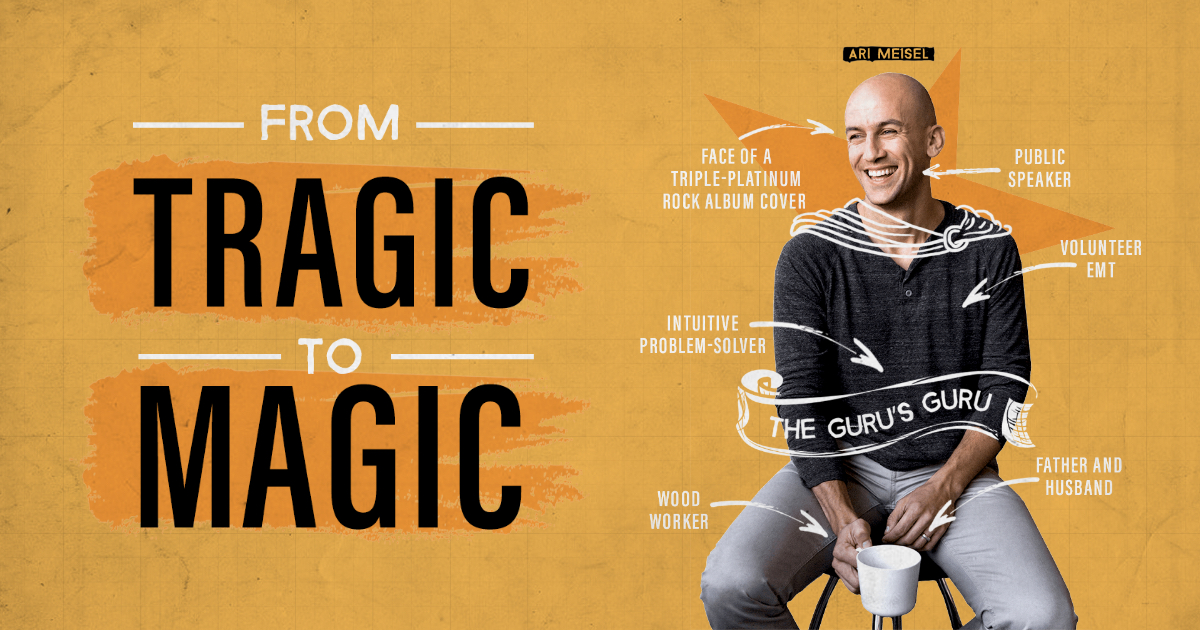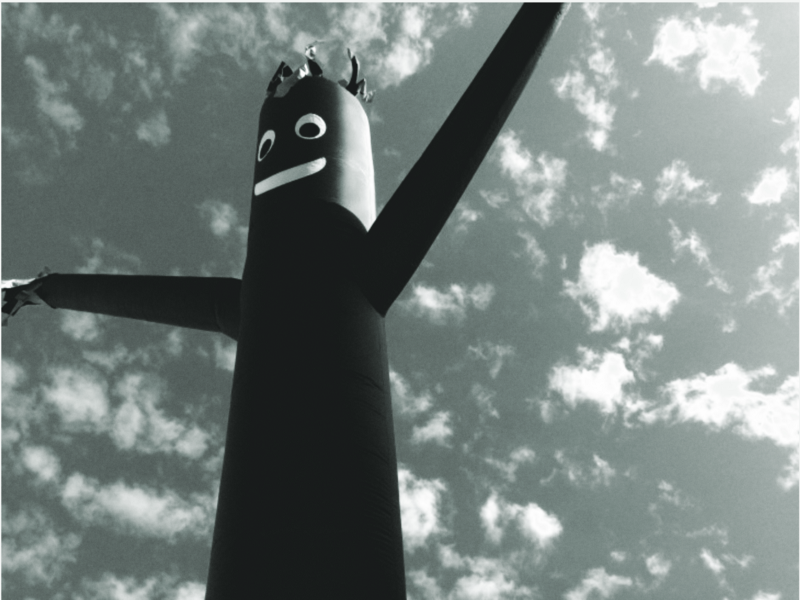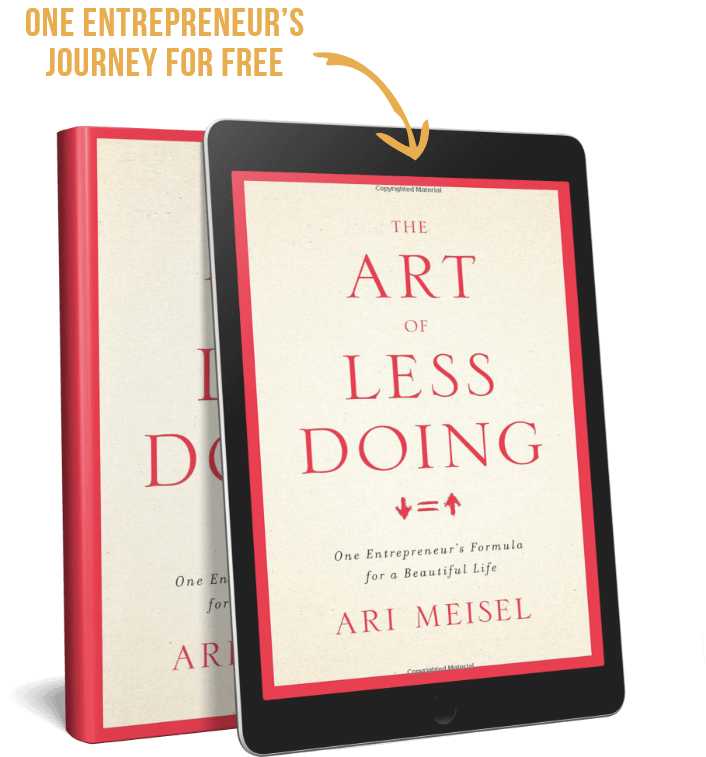
Imagine the story of Sisyphus for a moment.
The Gods condemned Sisyphus to ceaselessly rolling a rock to the top of a mountain. Once he succeeded in getting the rock to the top, it would fall back of its own weight. The tragic part is that Sisyphus would have to shove that same boulder back up that same mountain for all eternity.
Could there be a more dreadful punishment than futile and hopeless labor?
Let’s modernize that agony for a moment.
Imagine if Sisyphus had two smaller boulders to manage.
He had one in either hand and pushed both boulders up the hill, together. They had to be pushed at the same speed and should he slip up, one would surely roll back, and the tortuous task began again.
That’s multi-tasking.
Well, the way I’ve re-envisioned it, so it’s not so utterly tragic is that one side of the mountain is multi-tasking and the other, infinitely more optimistic and productive, is something I call “parallel tasking.”
Parallel Tasking is if you take as many boulders as you can carry or push and summit the mountaintop. Then release them, one by one and watch them roll away without ever having to collect and push them back up the same hill.
For example, if I’m on a call, and I’m reminded of a task, I simply send a quick note to our VA service, Magic.”Hey Magic, do this thing.” I haven’t lost focus on the phone call, and now two or more things are happening simultaneously.
You can do it without people. You can use an automation. But either method will take the boulder away from you and give it to someone else to lug.
All that is required is that you set the action in motion and get back to work.
Pushing is no longer a good use of your time.
Just ask Sisyphus.




